Last Updated on October 22, 2025 by teamobn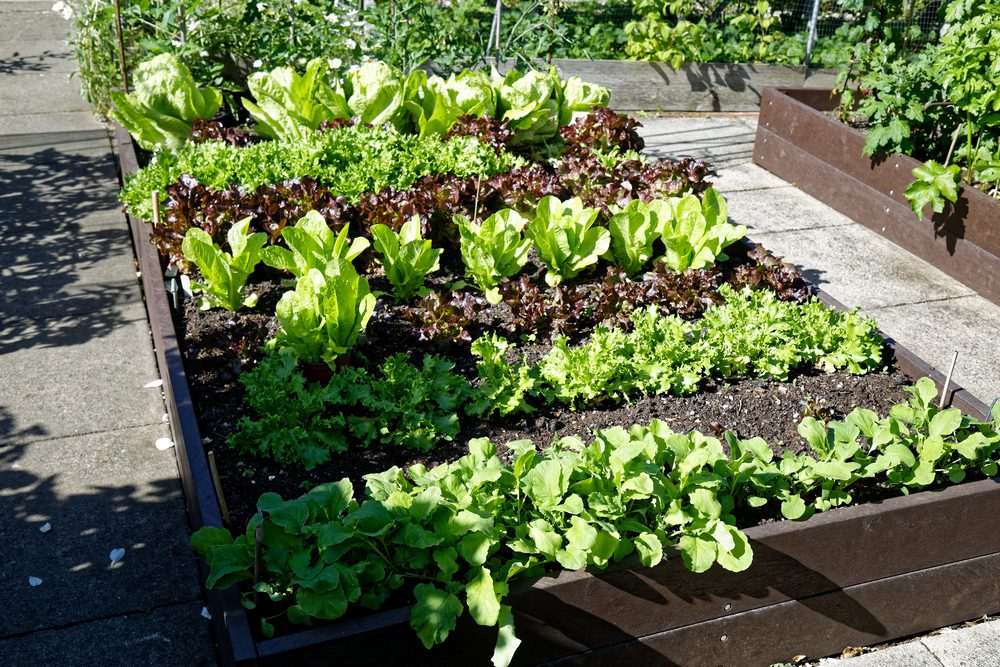
Urban gardening transforms city landscapes and personal well-being. Amidst concrete jungles, raised beds offer a lush oasis. They elevate gardening, literally and metaphorically. This piece delves into the myriad benefits of raised beds in urban gardening.
Contents
Benefits of Raised Beds
Raised beds are more than just an urban gardening trend; they’re a revolution in urban green spaces. These elevated plots are not only visually appealing but also pack a host of benefits that enhance urban gardening in multiple ways.
From soil health to community well-being, raised beds elevate the urban gardening experience. Let’s explore these benefits, starting with elevated efficiency.
Elevated Efficiency
Urban gardening faces unique challenges. Space is limited, and resources are often scarce. Raised beds are a game-changer in this aspect. By elevating the gardening space, they utilize vertical height, making them ideal for balconies, rooftops, and small yards. This efficient use of space means more greenery in less area.
Raised beds also improve resource management. They require less water compared to traditional gardens. Their compact size allows for targeted watering, reducing waste. This is particularly beneficial in urban settings where water conservation is essential. Moreover, raised beds mean less soil compaction. Gardeners don’t have to walk on the soil, so it stays aerated and loose, promoting better root growth and plant health.
The contained nature of raised beds makes them easier to manage. Weeding becomes less of a chore since the elevation keeps many pests at bay. This ease of maintenance encourages more city dwellers to take up urban gardening. It’s a sustainable and rewarding way to beautify their living space.
Raised beds also offer better control over the soil quality. Urban soils are often less than ideal, sometimes contaminated and compacted. Raised beds allow gardeners to start with a blank slate. They can fill their beds with the perfect mix of soils and nutrients tailored to their plants’ needs. This control is invaluable in an urban setting where the natural soil might not be conducive to gardening.
Another efficiency aspect is the extended growing season. Raised beds warm up faster in the spring and stay warm later into the fall. This extended season allows urban gardeners to grow more food or enjoy ornamental plants for longer periods.
Lastly, raised beds can be a cost-effective urban gardening solution. Once set up, their maintenance costs are lower. They require less water, fewer pesticides, and less fertilizer. For urban dwellers looking to garden on a budget, raised beds offer an efficient solution.
In essence, the elevated efficiency of raised beds in urban gardening is undeniable. They make the most of limited spaces, conserve resources, and make gardening more accessible and enjoyable for city dwellers. Raised beds are not just an aesthetic choice; they’re a smart one for any urban gardener looking to maximize their green space.
Soil and Plant Health
The health of soil and plants is paramount in urban gardening. Raised beds provide a unique advantage in this realm. They foster an environment where plants thrive, even in the city’s heart.
One of the standout benefits of raised beds is the ability to customize soil composition. Urban soil is often compacted and may contain contaminants. Raised beds bypass these issues. Gardeners can fill them with soil, compost, and other organic materials. This creates an ideal growing medium that’s rich in nutrients and free from pollutants. Plants in raised beds can access high-quality soil, leading to better growth and higher yields.
The design of raised beds also ensures excellent drainage. This is crucial for plant health as waterlogged soil can lead to root rot and other diseases. The elevated structure allows excess water to drain away easily. It also promotes air circulation, vital for root development and the prevention of fungal diseases.
Raised beds for urban gardening also mean less soil compaction. In traditional gardens, the soil gets compacted from walking and working on the ground. In raised beds, the soil remains loose and porous because there’s no need to step on it. This loose soil structure allows roots to spread out easily, absorb more nutrients, and anchor the plant securely. Healthy roots lead to healthy plants.
Moreover, raised beds can reduce the risk of soil-borne diseases in urban gardening. The elevation keeps the soil away from contaminated ground. It also creates a barrier against many pests and pathogens in urban soils. Gardeners can expect fewer diseases and pests, leading to healthier plants and more bountiful harvests.
Lastly, raised beds are kind to beneficial organisms in urban gardening. Earthworms, for instance, thrive in the loose, rich soil of raised beds. These creatures are vital for soil health. They aerate the soil and break down organic matter, making nutrients more accessible to plants. The result is a vibrant, living soil that supports robust plant growth.
In summary, raised beds significantly enhance soil and plant health in urban gardening. They provide a controlled environment rich in nutrients, well-drained, and disease-resistant. This leads to stronger plants and successful gardening endeavors, even amidst the urban landscape.
Accessibility and Aesthetics
Raised beds are a stylish and practical addition to any urban garden. Their design not only catches the eye but also makes urban gardening more accessible.
Raised beds bring the garden to the gardener. They can be built to any height, reducing the need to bend or kneel. This is a blessing for those with mobility issues or back pain. Urban gardening becomes a comfortable and enjoyable activity for everyone. It’s a hobby that’s no longer limited by physical ability.
The aesthetic appeal of raised beds is undeniable. They offer a neat, organized look that enhances urban spaces. Gardeners can paint or stain the wood to match their décor. They can also arrange the beds in patterns, creating a visually appealing garden layout. Raised beds turn urban gardening into an art form. They’re a canvas for urban dwellers to express their creativity.
Raised beds also make the most of limited space. They can fit on patios, rooftops, or small yards. This versatility is key in urban areas where space is at a premium. Raised beds prove you don’t need a large plot of land to have a beautiful garden.
In addition to their beauty, raised beds are practical. They keep the garden tidy and contained. There’s less spread of weeds and less soil erosion. This containment makes for a clean and orderly urban gardening space. It’s a little pocket of nature that’s both beautiful and well-maintained.
Raised beds enhance the accessibility and aesthetics of urban gardening. They make gardening easier and more enjoyable. They also add beauty and order to the urban landscape. Raised beds are a functional and stylish choice for city gardeners.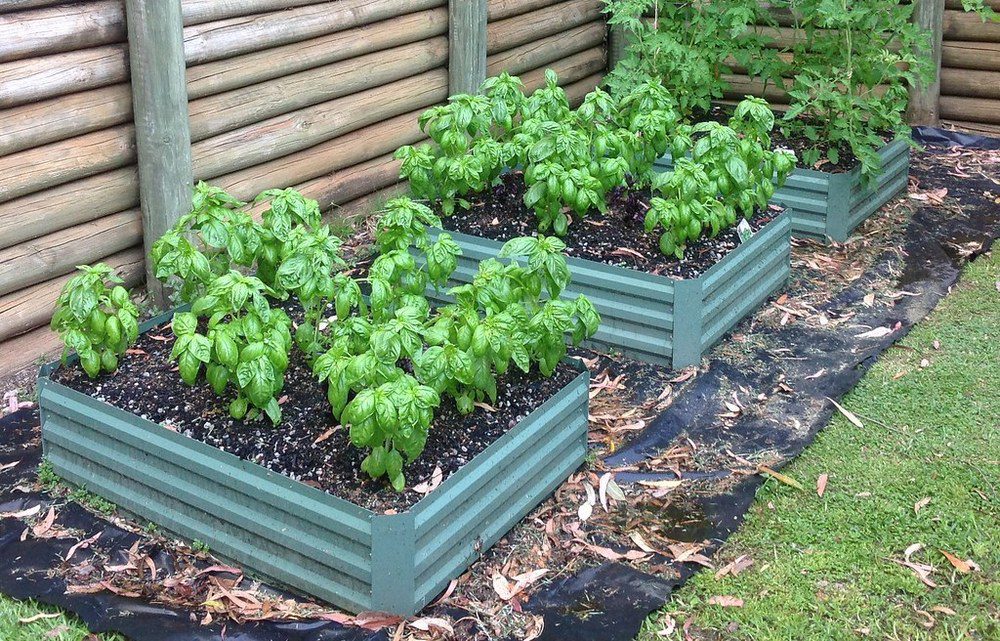
Environmental Impact
Raised garden beds have a notable positive impact on urban environments. They contribute to ecological health in several ways.
Firstly, raised beds can aid in temperature regulation. The plants in these beds can help cool down urban areas. This is especially important in cities where concrete and asphalt absorb heat. The presence of plants can mitigate this “heat island” effect.
Moreover, raised beds help in water conservation. They allow for targeted watering. This means less water waste, a crucial benefit in urban settings. The efficient use of water resources is key in cities where water might be scarce.
Raised beds also support biodiversity. They provide habitats for various insects and birds. This is vital in urban areas that often lack green spaces. Raised beds can become mini-ecosystems, supporting pollinators and other wildlife.
Raised beds can improve air quality. Plants absorb carbon dioxide and release oxygen. They also capture airborne pollutants. This purification process is essential in cities where air quality can be poor.
In summary, raised beds have a positive environmental impact in urban areas. They help regulate temperature, conserve water, support biodiversity, and improve air quality. Raised beds are an eco-friendly choice for urban gardening.
Community and Well-being
Raised beds in urban gardening foster community spirit and enhance well-being. They serve as more than just a means to grow plants; they become a communal hub and a source of joy.
Community gardens with raised beds bring people together. They’re a shared space where individuals can work side by side. Gardeners exchange tips, seeds, and stories. This interaction strengthens community bonds and fosters a sense of belonging. In the hustle of city life, these gardens become a rare meeting ground for connection.
Raised beds also have therapeutic effects. Gardening is a calming activity. It reduces stress and improves mental health. The act of nurturing plants can be meditative. It’s a break from the fast-paced urban lifestyle. These green spaces offer a refuge, a place to unwind and reconnect with nature.
For children, raised beds are educational. They’re a hands-on way to learn about the environment and food sources. Urban gardening teaches responsibility and patience. It’s a valuable life lesson in the city.
In addition, raised beds can inspire healthy living. They make fresh produce accessible. This is particularly impactful in urban food deserts. Gardens can improve diets and encourage a healthy lifestyle.
Overall, raised beds in urban gardening enhance community and well-being. They foster connections, provide therapeutic benefits, educate the young, and inspire healthy living. Raised beds are not just a gardening tool; they’re a catalyst for a happier, healthier urban community.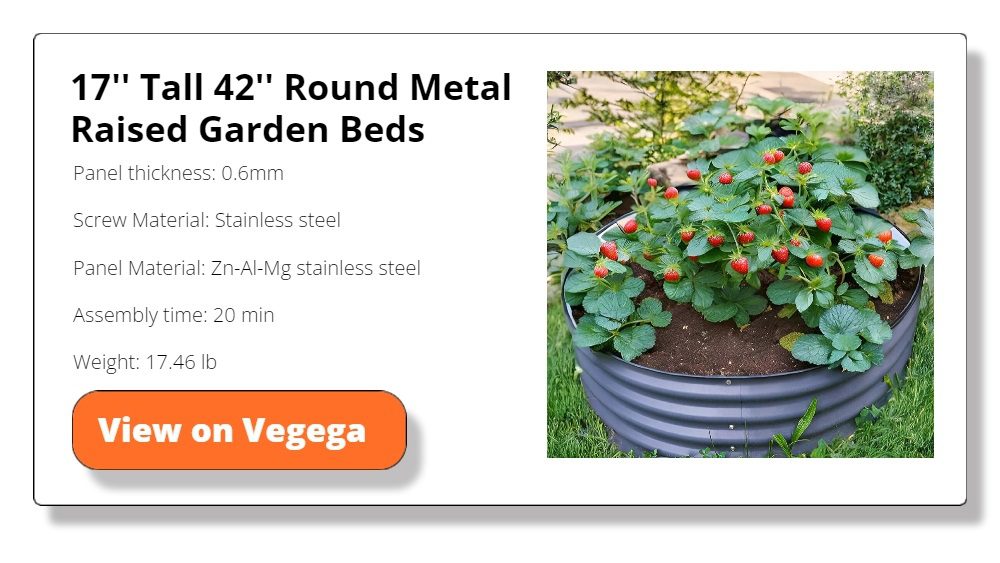
Alternatives for Urban Gardening
While raised beds offer numerous benefits, they might not suit every urban gardener’s needs. Fortunately, the world of urban gardening is diverse, offering various alternatives. These options cater to different spaces, budgets, and preferences. Let’s explore some popular alternatives to raised garden beds.
Container Gardening
Container gardening is a versatile option for urban green thumbs. It involves growing plants in containers like pots, tubs, or hanging baskets. This method is perfect for limited spaces, such as balconies or small patios.
Materials used in container for urban gardening are diverse. They range from plastic pots and ceramic planters to recycled items like barrels or old tires. The choice of material often depends on the gardener’s budget and style preferences.
Vertical Gardening
Vertical gardening is an innovative solution for urban spaces. It involves growing plants on vertical structures like trellises, walls, or towers. This method is ideal for city dwellers with limited horizontal space.
Materials for vertical gardening range from simple DIY setups using wooden pallets or metal grids to sophisticated modular systems. Some gardeners even repurpose items like shoe organizers for small-scale vertical gardens. The choice of material depends on the available space, budget, and the types of plants being grown.
Hydroponic Systems
Hydroponic systems are a high-tech alternative for urban gardeners. They involve growing plants in a water-based, nutrient-rich solution, eliminating the need for soil. This method is perfect for indoor spaces or areas where soil quality is poor.
Basic setups for Hydroponics can be made with PVC pipes or plastic bins, while advanced systems might include automated nutrient delivery and LED grow lights. The system’s complexity often correlates with the gardener’s experience and budget.
Window Boxes
Window boxes are a charming and accessible form of urban gardening. They consist of long, narrow containers that are placed on window sills. This method is perfect for those who want to add a touch of greenery to their homes without requiring a lot of space.
Window box materials are diverse, ranging from wood and metal to plastic and fiberglass. Gardeners can choose based on aesthetics, durability, and budget. Many paint or decorate their 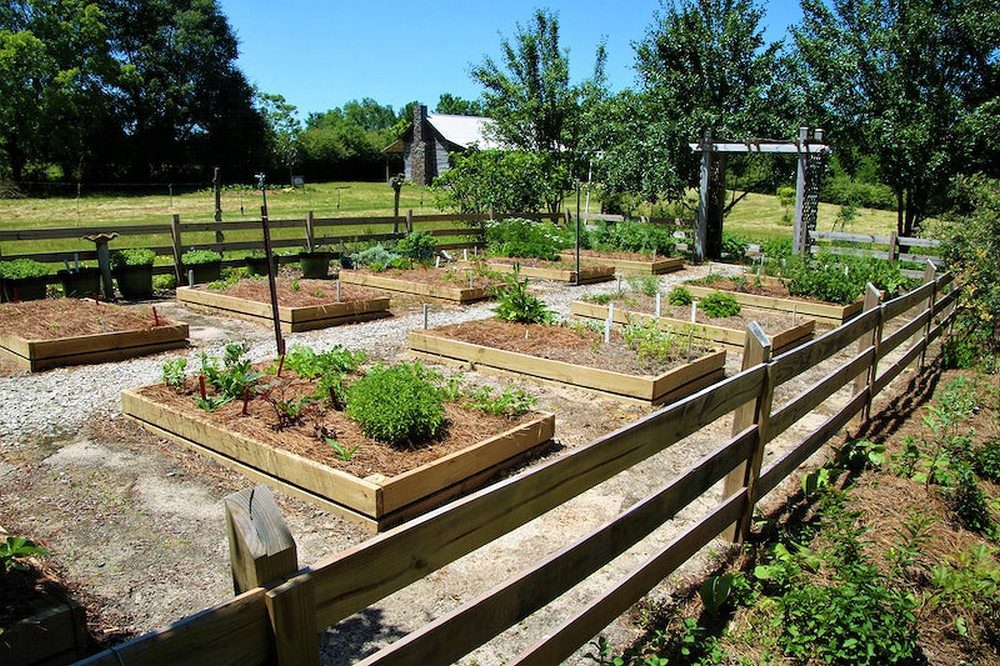
Tips for Raised Beds for Urban Gardening
Raised beds are a boon for urban gardeners, but getting the most out of them requires some know-how. Whether you’re a seasoned green thumb or a gardening newbie, these tips will help elevate your urban gardening game. Below are key strategies to ensure your raised beds thrive in the urban jungle.
Selecting the Right Location
Finding the right spot is crucial for raised bed gardening in urban areas. The location affects how well your plants will grow. You’ll need a spot with plenty of sunlight — at least six to eight hours daily for most vegetables and flowers. Observe the patterns of sun and shade in your space throughout the day to find the best location.
Consider the proximity to a water source. Your raised beds will need regular watering, so being near a hose or water outlet will make your gardening tasks easier. Also, think about accessibility. You should be able to reach all parts of the bed easily for planting, weeding, and harvesting.
Don’t forget to account for the surrounding environment. Avoid placing your raised bed near trees and large shrubs. Their roots can invade your garden space and compete with your plants for nutrients and water.
Choosing Suitable Materials
The materials you choose for your raised beds can impact their longevity and the health of your plants. Untreated wood like cedar and redwood are popular choices. They are naturally rot-resistant and can last many years. However, avoid using treated lumber, which can leach harmful chemicals into your soil.
Other materials include stone, bricks, or concrete blocks. These can be more permanent and weather-resistant but might also be more expensive. For a more budget-friendly option, consider recycled materials like galvanized steel or composite. These can provide durability at a lower cost.
When selecting materials, consider the height of the bed. Aim for a height of 12 to 24 inches. This provides enough depth for most plants to grow and makes it easier for you to reach in without straining your back.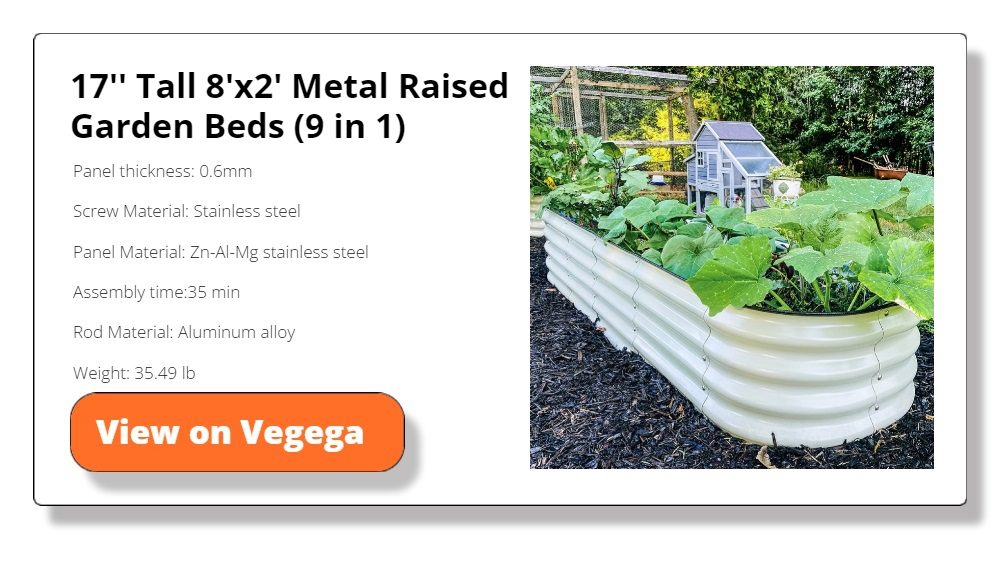
Optimal Soil Composition
The soil in your raised bed is where your plants get all their nutrients. It’s vital to get the mix right. A blend of topsoil, compost, and other organic matter usually works best. This mix should provide good drainage while retaining enough moisture for the plants.
The compost enriches the soil with nutrients, fostering plant growth. You can buy compost or make your own from kitchen scraps and yard waste. Adding perlite or vermiculite can improve aeration and drainage.
Every season, replenish your soil. Add fresh compost to replace nutrients that have been used up. This keeps your soil healthy year after year.
Testing your soil’s pH is also a good idea. Most plants prefer a pH between 6.0 and 7.0. If your soil is too acidic or alkaline, you can adjust it with amendments like lime or sulfur.
Watering Wisely
Smart watering is key to successful raised bed gardening. Overwatering can drown plants or cause root rot, while underwatering can stress them. Use your finger to check the soil moisture. If the top inch is dry, it’s time to water.
Early morning is the best time to water. It gives plants a good start to the day and allows leaves to dry, reducing disease risk. Soaker hoses or drip irrigation systems are great for raised beds. They deliver water directly to the soil, minimizing waste and preventing leaf diseases caused by wet foliage.
Mulching your raised bed can help retain moisture. Organic mulches like straw or wood chips also add nutrients to the soil as they break down.
Remember, watering needs can change with the seasons and weather conditions. Be observant and adjust your watering accordingly.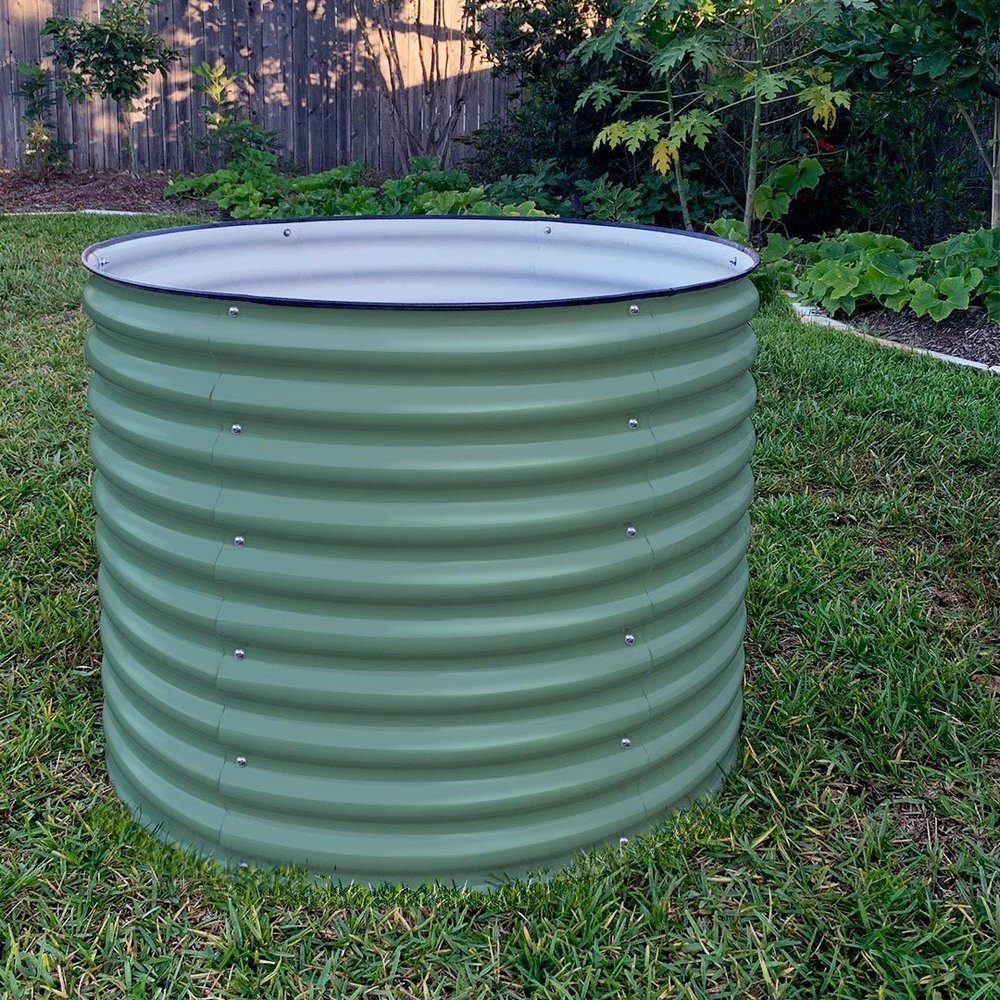
Maximizing Space with Companion Planting
Companion planting is a smart way to make the most of your raised bed. It involves pairing plants that benefit each other. Some plants can deter pests from their companions. Others can enhance growth or flavor. For instance, marigolds repel certain insects and are great companions for many vegetables.
Plan your layout to pair compatible plants together. You can also stack your planting by using the vertical space. Grow vining plants like cucumbers or peas on a trellis. This frees up more space for other crops.
Be mindful of each plant’s needs. Don’t put heavy feeders together as they’ll compete for nutrients. Instead, pair them with light feeders. Rotate your crops each season to prevent soil depletion and reduce disease risk.
Seasonal Considerations
Each season brings different challenges and opportunities for raised bed gardening. Understanding these can help you plan better.
In spring, start with cool-weather crops like lettuce and spinach. They can handle the chill and give you an early harvest. As temperatures rise, transition to warm-season plants like tomatoes and peppers.
Summer can bring intense heat. Provide shade if needed to protect plants from scorching. Keep up with watering, as raised beds can dry out quickly.
Fall is a good time for another round of cool-weather crops. Many can survive light frosts and give you a late harvest. Add mulch to protect the roots as it gets colder.
Winter is a time to rest and prepare. Clear out old plants and add compost to the soil. In milder climates, you can grow hardy crops or use cold frames to extend your season.
Pay attention to the local weather and adapt your gardening activities accordingly. Each season has its rhythms, and working with them can lead to a bountiful raised bed all year round.
Pest and Disease Management
Keeping pests and diseases at bay is crucial in a raised bed. Start with healthy soil. It’s your first defense. Healthy plants can resist pests and diseases better than weak ones. Use resistant plant varieties when you can.
Rotate your crops each year. This helps prevent pests and diseases from building up in the soil. If you grow tomatoes in one spot, don’t plant them again for at least three years.
Keep an eye out for early signs of trouble. Catching problems early makes them easier to manage. Use barriers like row covers to keep pests out. Attract beneficial insects like ladybugs with plants they like.
If you do need to intervene, choose the least harmful method. Physical removal, organic sprays, or traps are better options than harsh chemicals, especially in an urban setting.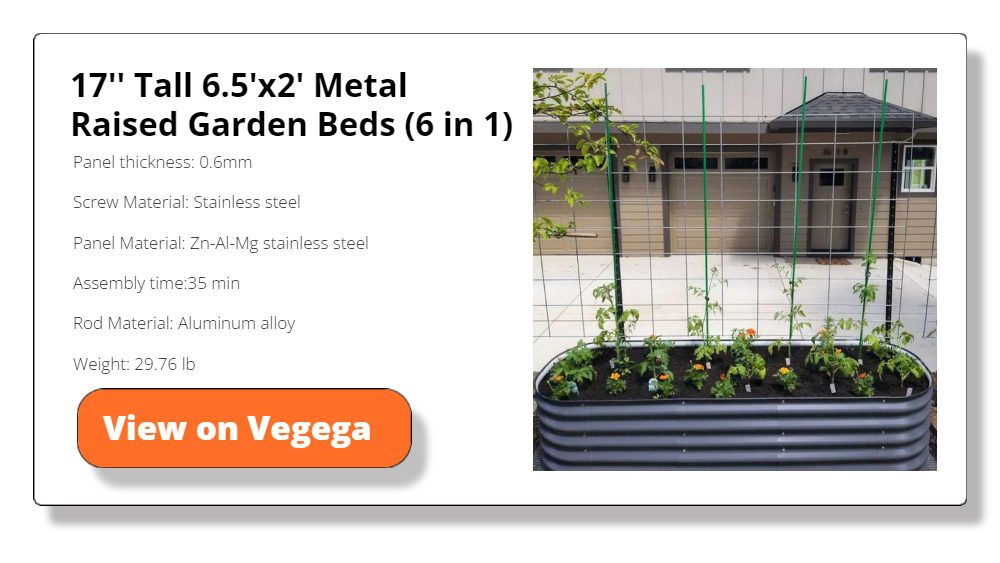
Incorporating Vertical Structures
Vertical structures can turn a small space into a productive garden. Use trellises, cages, or stakes to support climbing plants like beans, peas, and tomatoes. These structures let plants grow up instead of out, saving valuable space.
Vertical gardening also improves air circulation. This helps prevent fungal diseases. It makes harvesting easier, too. You won’t have to bend over as much, and your fruits will be cleaner and less rot-prone.
Choose structures that suit your space and needs. They should be sturdy enough to support your plants and easy to work with.
Regular Maintenance and Upkeep
Consistent care is the key to a thriving raised bed. Keep your garden clean. Remove weeds before they take over, and clear away dead plants and debris. These can harbor pests and diseases.
Refresh the mulch as needed to conserve moisture and suppress weeds. Check the soil moisture regularly. Water when necessary, but be mindful not to overdo it.
Once or twice a year, replenish the nutrients in your soil. Add compost or other organic matter. This keeps your soil fertile and ready for planting.
Inspect your raised bed’s structure from time to time. Repair any damage to prevent problems down the line.
A little bit of regular maintenance goes a long way. It keeps your garden healthy and productive season after season.
FAQ: Urban Gardening with Raised Beds
- What are the benefits of using raised beds for urban gardening?
- Raised beds improve drainage, soil quality, and plant health. They also make gardening more accessible and can enhance the aesthetics of urban spaces.Add Image
- How deep should a raised bed be?
- Aim for a depth of 12 to 24 inches. This depth supports most plants and is comfortable for gardeners to work with.Add Image
- What materials are best for constructing raised beds?
- Untreated wood like cedar or redwood is popular, but stone, bricks, or galvanized steel are good options. Avoid treated lumber as it may leach chemicals into the soil.Add Image
- How do I choose the right location for my raised bed?
- Look for a spot with six to eight hours of sunlight, close to a water source, and away from large trees or shrubs.Add Image
- Can raised beds be used for growing any type of plant?
- Raised beds are versatile and can support various plants, including vegetables, herbs, flowers, and small fruit bushes.Add Image
- How do I manage pests and diseases in my raised bed?
- Start with healthy soil and resistant plant varieties. Rotate crops, use physical barriers, and encourage beneficial insects. Opt for organic sprays or traps if intervention is needed.Add Image
- What is companion planting, and how can it benefit my raised bed?
- Companion planting involves pairing plants that benefit each other, whether through pest control, nutrient sharing, or other synergies. It maximizes the efficiency of space and resources in your raised bed.Add Image
- How do I maintain my raised bed garden?
- Regular maintenance includes weeding, mulching, checking soil moisture, replenishing soil nutrients, and inspecting and repairing the bed’s structure.Add Image
- Are there any alternatives to raised beds for urban gardening?
- Alternatives include container gardening, vertical gardening, hydroponic systems, and window boxes, each with benefits and limitations.
Conclusion
Raised beds can transform urban gardening, offering many benefits that align with the challenges of city living. These garden beds make it easier on your back and knees when caring for your plant.
By following our tips on using your raised beds, you can boost your urban gardening game. Embrace raised beds as a key element of your urban gardening toolkit, and enjoy the rewards of a flourishing garden in the city’s heart.






